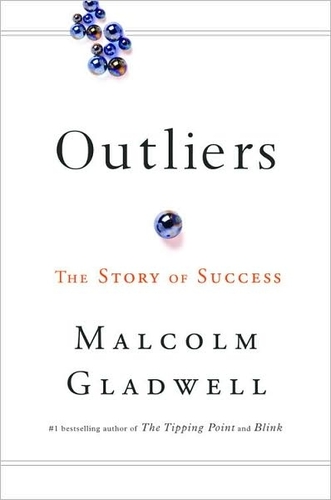Do you ever make mistakes? Stupid question – of course you do; we all do. And I’d bet good money that sometimes you’ve made a mistake over, and over, and over again.
Making a mistake once is fine – just part of the learning process. But if you fail to learn from it, you’ll just end up wasting valuable energy, time and quite possibly money on exactly the same mistakes in future. And that’s going to seriously bug you.
Here’s an example. Maybe you once made the mistake of hitting snooze on your alarm clock, falling back to sleep, and eventually waking up seriously late – having to skip breakfast, skip showering, and rush like a madman to work. If you do that once, it’s no biggie; if you repeat the same mistake every week – or worse, every morning – you’re going to have some serious problems.
Or how about a less dramatic, but just as insidious example. You’re determined to get fit, so you start on a great exercise regime that you’ve heard delivers dramatic results and is based on the army’s practices. Only, you’re so exhausted after your first attempt, you can’t face doing it again. So you go back to your usual couch-potato lifestyle, until your next over-enthusiastic and short-lived attempt at an exercise program…
So how can you break the pattern, and make sure that you don’t keep repeating your mistakes? Well, one way is to repeat them in a slightly different way – in writing. Sounds crazy? Read on to find out how to do it and why it works.
Write Down What Went Wrong
Okay, so you’ve made a mistake. Your presentation at work was a complete mess. Your diet failed after two days. You and your partner had an enormous fight over nothing. You lost your wallet and had to go through the hassle of canceling all your cards. You got an F on your term paper.
Once you’ve sorted out the immediate aftermath of your mistake, sit down somewhere quiet with a pen and paper. (I like to do this sort of writing away from the distractions of a computer screen.) Set down what went wrong. Keep it really simple, and don’t think about excuses or reasons at this stage.
- I fluffed my presentation, or…
- I got an F, or…
- I had an argument with my best friend
Figure Out The Causes
Now you’ve got to the core of the mistake, start thinking about why it happened. There’s a cause for everything, and often a series of causes. For example, if you got an F on your term paper, the causes might be one or more of:
- I didn’t start studying early enough
- I didn’t devote enough time to studying
- I studied the wrong topics
- I didn’t practice my exam technique
- I panicked and froze during the exam
- I didn’t sleep well the night before the exam
If you fluffed a big presentation at work, perhaps the causes are:
Don’t get judgmental, just set down on paper what led to the mistake. This isn’t a chance for you to kick yourself and call yourself an idiot: there’s nothing stupid about making mistakes. (Think of a kid learning to walk, or to talk; they make thousands of mistakes and they just keep on going!)
Decide What You’ll Do Differently
Now you’ve looked at the causes of your mistake, all you need to do is to figure out how to zap those causes out of the equation for next time. Write down “Next time, I’m going to…”
Here are some ideas from the examples above.
Next time I have an exam, I’m going to…
- Start studying five weeks beforehand
- Check with my professor about the topics that I need to cover
- Practice writing answers to exam questions from last year
Next time I have to give a presentation, I’m going to…
- Prepare it well in advance
- Practice ahead of time, asking a colleague for feedback
- Try different ways of calming my nerves (e.g. breathing techniques)
Why Writing It Down Works
So why do you need to put all of this in writing? The first and most straightforward reason is because writing helps you to remember things. If you just think about the changes you want to make, what’re the chances that you’ll have forgotten all about it by the time your next exam, report, fitness attempt, or diet comes around? You wouldn’t try to keep your diary for the year in your head – so don’t keep other important information there too. Write it down, and you can always refer back to it to jog your memory.
Secondly, writing can seriously help your thought process. This does depend a bit on how your brain’s wired – some of us find it easier to think things through by talking about them, or by doing something with our hands. But most people do get a boost from writing: the process of putting thoughts into words helps you to get greater clarity about them.
And thirdly, the act of writing something down makes you feel more accountable – you’re more likely to do it. Many studies have shown that people who write down their goals are more likely to succeed than those who don’t. And avoiding wasting precious time, energy and money on repeating your mistakes is definitely a worthy goal to have.
Written on 3/17/2009 by Ali Hale.Ali is a professional writer and blogger, and a part-time postgraduate student of creative writing. If you need a hand with any sort of written project, drop her a line (ali@aliventures.com) or check out her website at Aliventures.

 Step 2: Now, you should see the SmartArt Graphic on your clipboard. On the Home tab, in the Clipboard group, click the arrow under Paste, and then click Paste Special.
Step 2: Now, you should see the SmartArt Graphic on your clipboard. On the Home tab, in the Clipboard group, click the arrow under Paste, and then click Paste Special.




